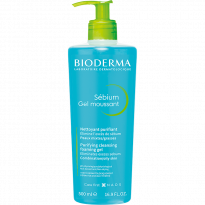Loren Cordain, Professor at the University of Colorado, US, carried out a study on teenagers around the world who did not appear to suffer from acne: in particular, the Papuans and Inuits. He observed that Inuits started to be affected by acne when they adopted a western diet.
Several doctors highlight the fact that modern nutrition is often pro-inflammatory and maintains an environment that fosters acne. As for many other pathologies, processed industrial foods – and their high levels of fat, sugar and harmful ingredients – are largely blamed.
In recent years, many questions have been raised. Does milk cause acne? What is the link between chocolate and acne, gluten and acne, sugar and acne and cheese and acne? Which foods can help treat acne? Here’s what our expert Pénélope Restoy has to say.















